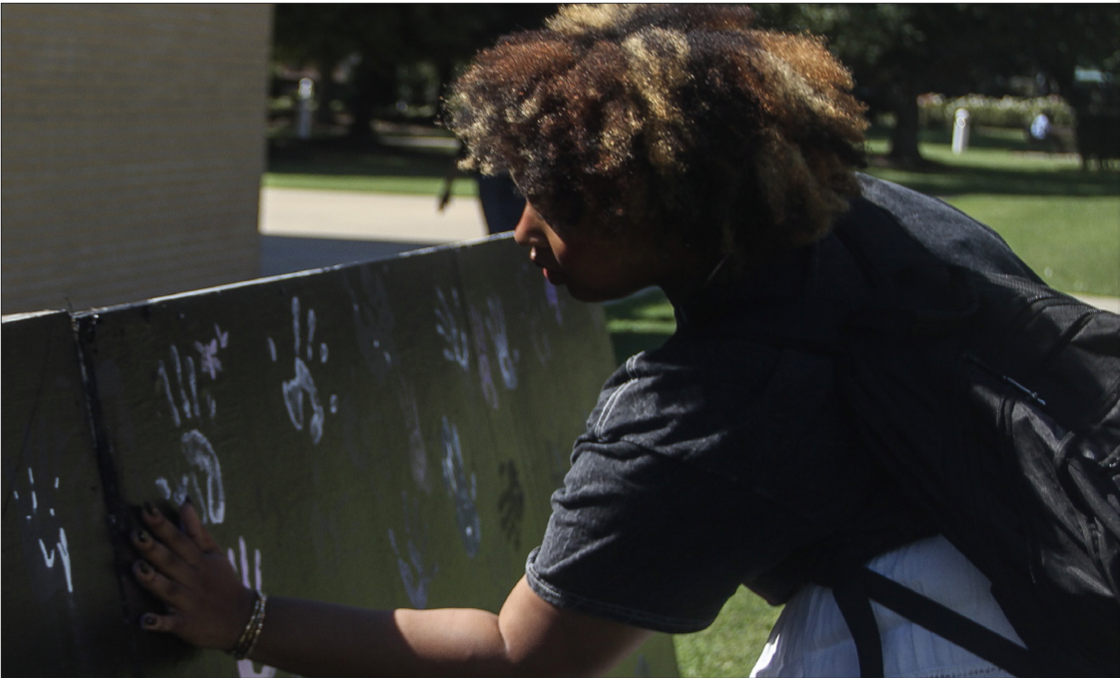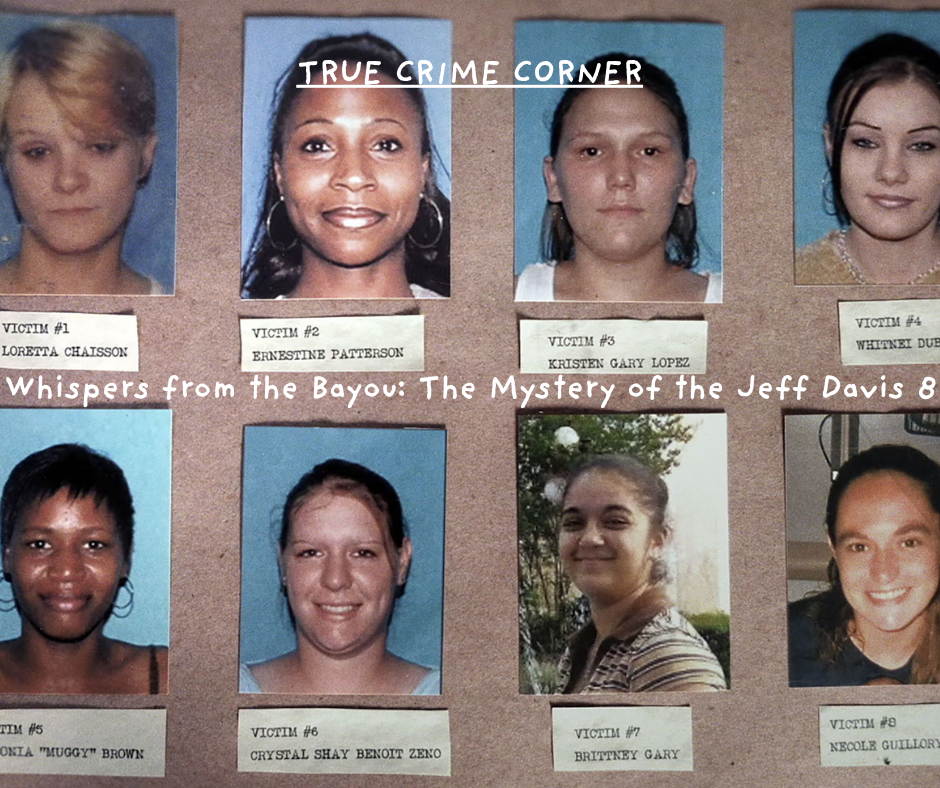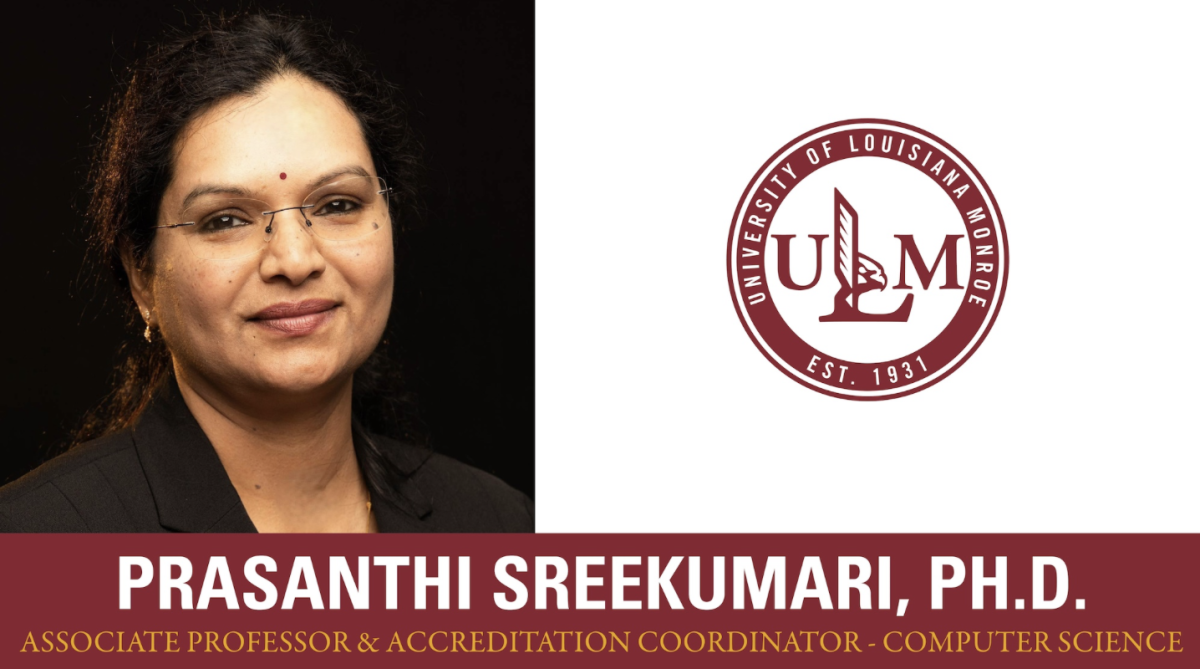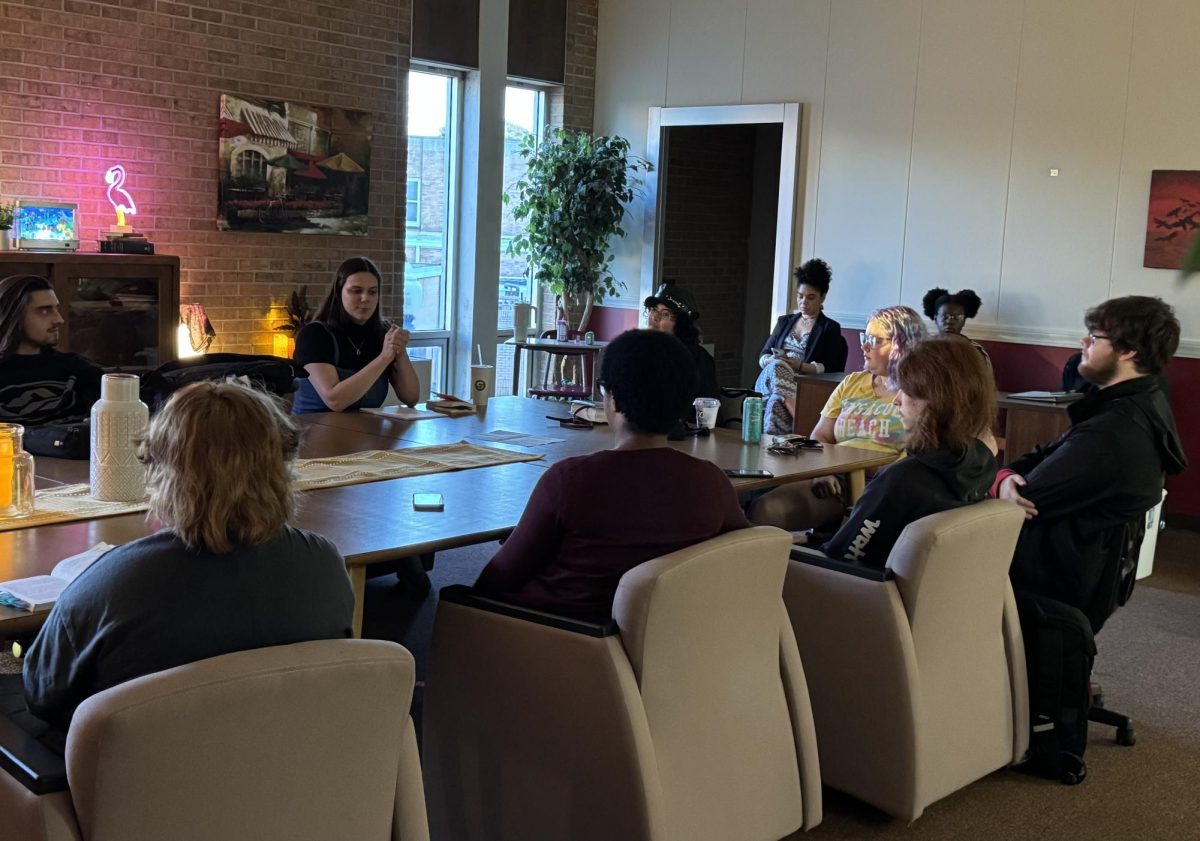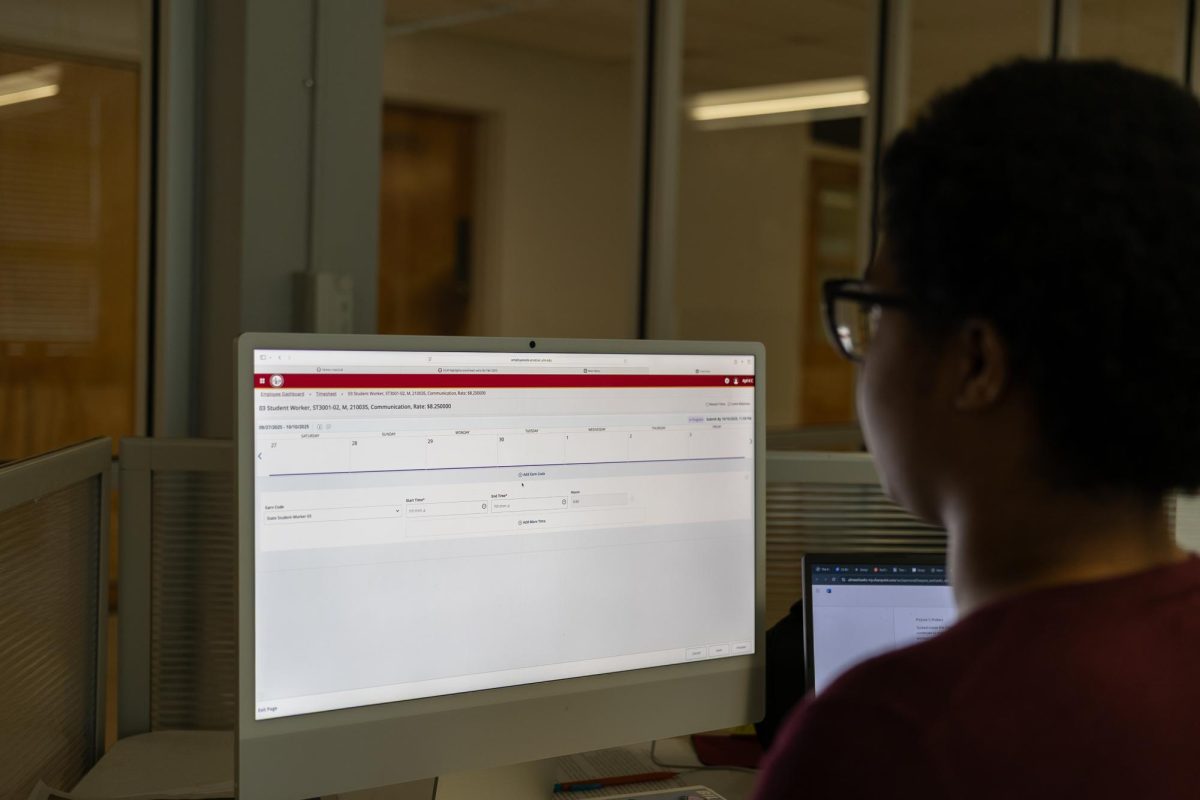Hazing plagues universities nationwide; however, National Hazing Prevention Week seeks to end the scourge. During the last week of September, ULM displayed its commitment to ending hazing by hosting several events.
Hazing is defined as any humiliating task that an organization requires initiates to perform to receive or maintain membership. According to The Hazing Prevention Network, 55% of college students in campus organizations have experienced hazing.
Despite the prevalence of anti-hazing information, hazing occurs in student organizations every year. Researchers with the Unofficial Hazing Clearinghouse Database found that one hazing-related death happens every year.
The Office of Student Advocacy and Accountability (OSAA) oversaw National Hazing Prevention Week.
Jeanne Clark, the coordinator of OSAA, explained why the organization sponsors Hazing Prevention Week every year.
“ULM is committed to ensuring that our campus is as safe as possible by helping raise awareness through educational programs like this week,” Clark said. “We offer students the opportunity to come out, ask questions, learn what is actually hazing and actually offer a training program that is dropped into their OneLogin.”
Clark mentioned the need for campuswide education about hazing.
“It just helps educate them on what the signs of hazing are and how they can report it,” Clark said.
Clark urged students who have experienced or know a victim of hazing to contact OSAA.
“If you notice some friends that have been rushing to join a fraternity or sorority that seem extremely sleep deprived, you might just want to check in on them,” Clark said. “Be a whistleblower. Don’t be afraid to speak up.”
OSAA offers three strategies for reporting hazing. Students can visit the OSAA office on campus, go to www. ulm.edu/report it or submit a tip on the ULM Safe App.


